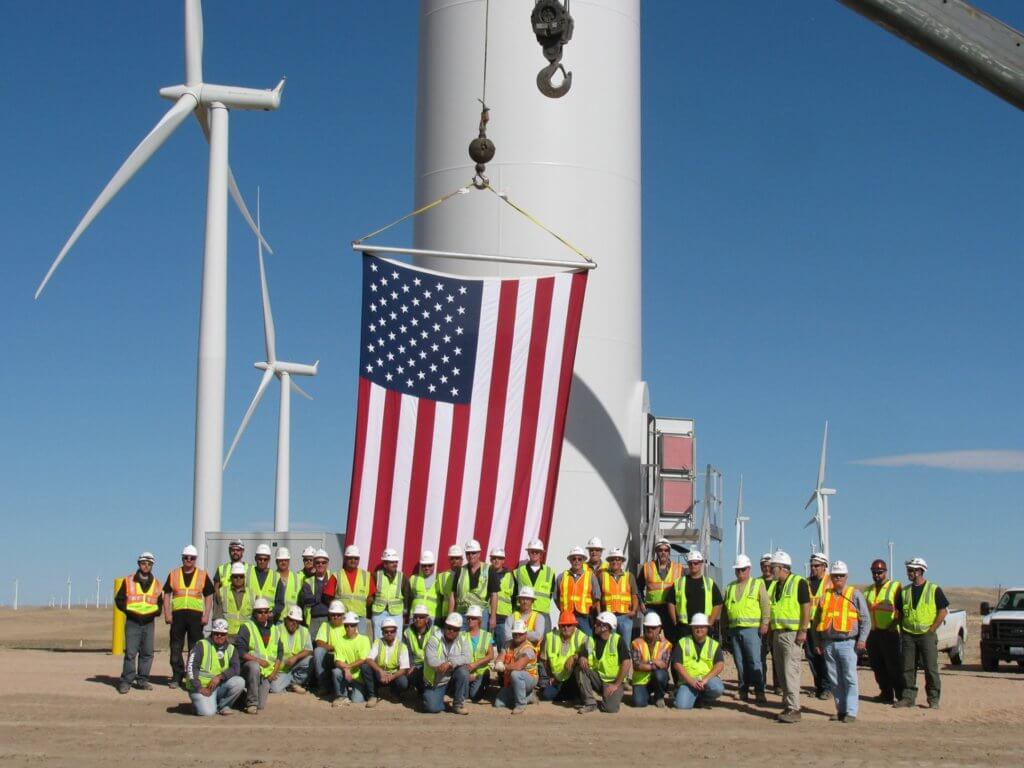Fact check: Michaels errs on wind's contribution
Patrick Michaels, a contrarian climate scientist, posted an article at Forbes.com recently criticizing wind power. The following response was posted as a comment.
Mr. Michaels uses a number of misleading arguments to attack clean energy and promote fossil fuels, which is not surprising considering that he has received a large amount of funding from the fossil fuel industry. Taking apart his misleading statements one by one:
Grid Reliability – Mr. Michaels misses the fact that renewables actually enhance grid reliability. For example, in February 2011, millions of homes and businesses in Texas suffered rolling blackouts because more than 75 fossil-fired power plants broke down due to cold weather. Those rolling blackouts would have been significantly worse had wind energy not kept producing at and above the levels the grid operator was expecting, providing enough power to keep the lights on for millions of Texas residents.
Following that event, the head of the Texas grid operator explicitly commended wind energy for its role in helping to keep the lights on.
In August 2011, the state of Texas underwent power shortages again, this time when unusually hot weather coincided with outages at around 20 fossil-fired power plants in the state. Once again, wind power was producing at or above the levels expected by the grid operator.
Grid integration — Mr. Michaels conveniently forgets that it is extremely difficult to reliably accommodate large conventional power plants on the power system. In fact, on power systems with large nuclear or fossil power plants, grid operators must maintain enough expensive, fast-acting reserve generation on standby 24/7/365 to replace the full output of the largest plant, in case it breaks down unexpectedly, as they all do fairly frequently.
In contrast, changes in wind and solar energy output occur slowly, since it typically takes hours for a weather event to change the aggregate output of renewable plants that are spread over a large geographic area. Because of this and the fact that wind and solar output can be predicted using weather forecasting while conventional generator outages are unpredictable, grid operators can accommodate wind and solar with slower types of reserve generation that usually cost 97% less than the fast reserves used to accommodate fossil and nuclear plant outages.
So in reality, it is more accurate to talk about needing “backup” generation for large fossil and nuclear plants than it is to talk about backup for wind or solar.
I could go on and on — what exactly does cold fusion have to do with this anyway? But I think I will let sleeping neutrinos lie.
More reading:
After a scorching week, wind power lessons from the Texas heat wave, August 11, 2011
Wind helps meet new Texas record for electricity demand, August 4, 2011
As Texas utility system is stressed, wind generation shows up on schedule, August 3, 2011
Wind energy helps save day, February 4, 2011
How Wind Energy Is Reliably Integrated on the Grid, fact sheet



